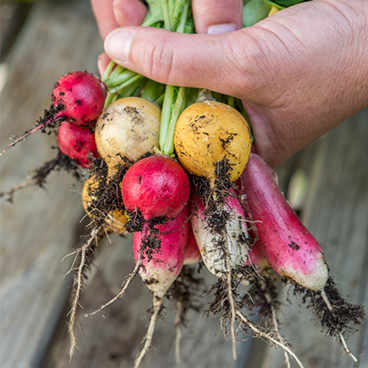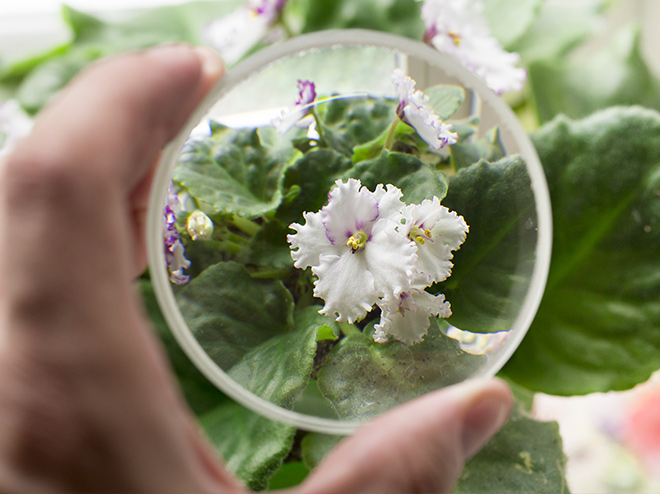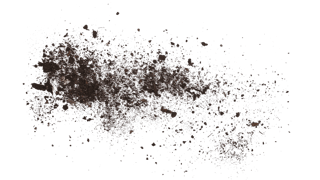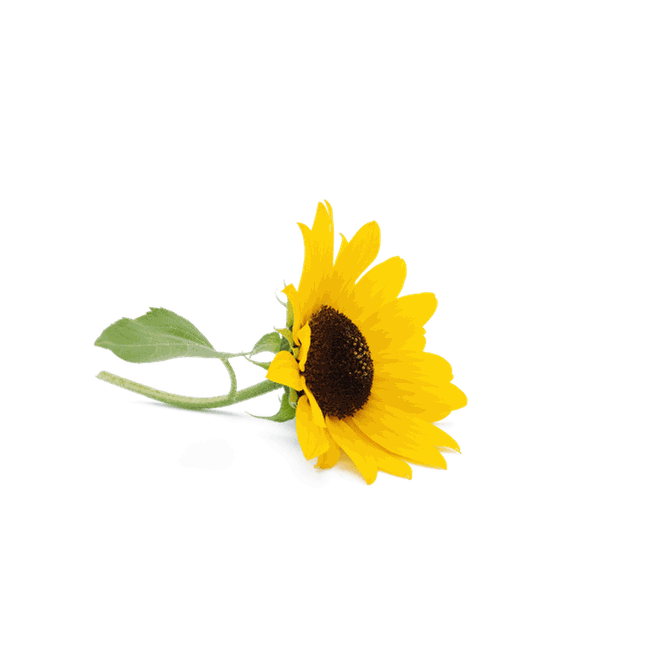FAQ
Our horticultural engineers answer numerous technical questions from amateur gardeners all year round. Many questions come back time and again because their answers are important for work in the garden or on the patio. You can find the most important questions here.
-
How to use a pesticide?
Always use pesticides as instructed on the label. The label will explain how to use the product safely and what precautions you need to take. Always read the label before applying a pesticide. Ensure you follow the label instructions carefully. Where appropriate, dilute the product with water and apply it evenly. Never make up more than you will need on that day. Never over apply a pesticide – this isn’t necessary and could even damage the plant or lawn that you are treating.
For lawn weedkillers make sure that you apply the product evenly – too much can damage or even kill the lawn! Always wash hands after applying a pesticide. Follow each step of the label!
-
Pesticide Storage
It is a legal requirement, and for safety, to always store pesticides in their original containers. After use ensure packaging is tightly closed or sealed to avoid spillage. Store pesticides in a safe place, out of reach of children and pets. Store metaldehyde slug pellets safely to avoid accidental poisoning of children and pets – particularly dogs. It is also illegal to store pesticides that are unlabelled and not in their original container, for safety reasons.
-
Pesticide Disposal
Do not pour pesticides down the drain. Pesticide containers that have held concentrated product should be rinsed three times adding the washings to the final spray solution. The empty container can then be placed in household waste. Ready to use product (i.e. trigger sprays) can be disposed of directly into your household waste. Pesticide containers e.g. bags and cardboard boxes can also be disposed of in your household waste. Read the label for any other advice on disposal of the product or empty container. Do not burn any pesticide packaging. Contact your local Council for advice on disposal of unwanted pesticide or empty containers. Details can be found at: www.pesticidedisposal.org or you can phone your council direct (usually the waste disposal section of your council which can be found in the phone book).
These topics might as well be interesting for you

Natural Garden Advice

Garden Calendar

Plant Doctor
Find out more



